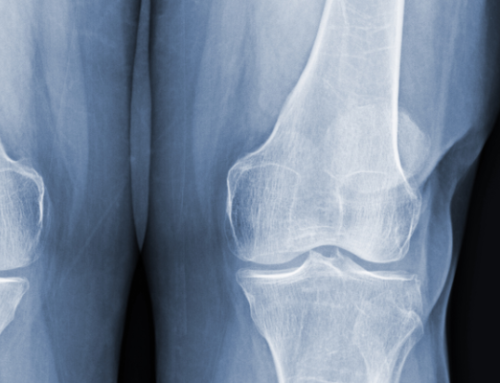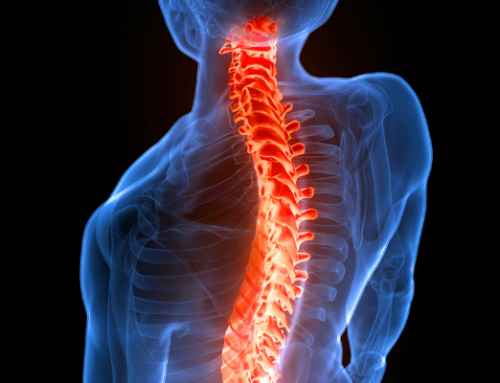
Maverick Medical Education focuses on relieving pain by teaching pain relief techniques and options that are not opioid and prescription based. By educating medical providers around the country on information about pain management and methods, we are contributing to a medical field that improves patient outcomes and changes lives. The first steps are in assessing pain before we can even choose the best form of treatment.
Steps
Our first step should always be assessing the stability of a patient before we begin working to manage their pain. While some components of patient stabilization and pain management go hand in hand, life-saving measures come first. From there, we can begin to ask questions to assess their pain and discomfort. There are several ways to go about this, and assessing pain while performing a general check of all major body parts is a good idea. Pain management helps when a patient is in extreme pain and is also great to utilize when a patient needs relaxation. Diagnostic tests find the source of pain if that isn’t immediately evident. Our Pain Management Courses at Maverick Medical Education cover the steps to diagnose and treat pain.
Questions to Ask a Patient
There are several questions to ask a patient about their pain. The location will need to be determined, but it may not be as clear from the start as you may think. According to verywellhealth.com, “with chronic pain, it is important to ask about the pain location, because new pain may develop.” Pain can be due to imbalances or injuries elsewhere in the body, so perform a physical as needed. Your patient will also need to give you a sense of the intensity of the pain. You can use pain scales with numbers and pictures of faces, or help patients use other descriptive words. Asking if they were recently injured, had surgery, or had another medical procedure that may be the cause or a contributor to their pain is also vital. You will also need to ask how long they have had the pain and the duration of each pain episode.
Treatment Options
Rarely will any treatment plan be straightforward. There are always cases where a patient has a high pain tolerance or can manage with a simple treatment, but often, we see multimodal treatment plans. Many patients will need assistance from medical providers, therapy or exercise, and occasionally other forms of treatment like personal counseling, nutrition advice, or techniques like cryotherapy. For our medical providers, there are several ablations and injections that Maverick Medical Education recommends for relieving pain in the short and long term. One of the many aspects we like about nerve blocks, for example, is the immediate relief and the ability for patients to pursue the physical therapy, stretching, or exercises they need for healing to take place. These blocks can also aid the body in its continued work while the patient is recovering from surgery, injury, or some other factor.
To learn more about the pain relief methods Maverick Medical Education instructs, see our course schedule or contact us today. Our students go on to provide pain relief in their medical and clinical settings, allowing patients to recover, heal, and build better and more complete lives.




